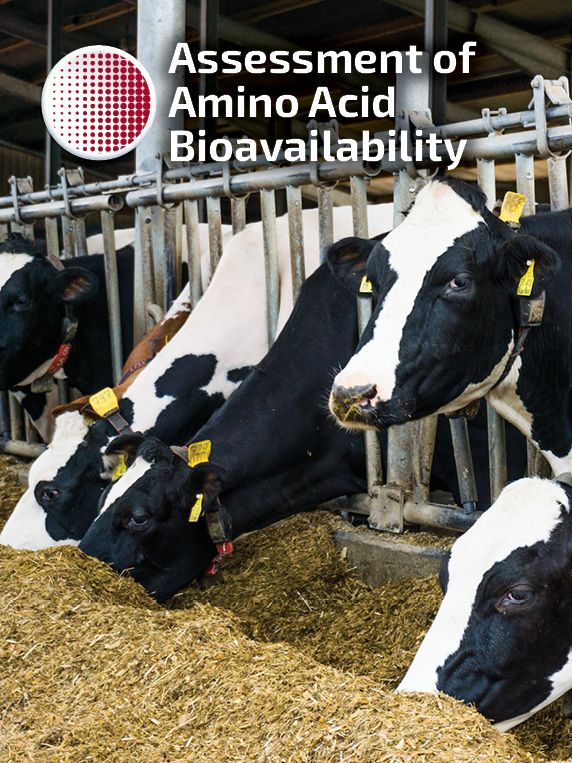- Species
- Products & Services
- Safety & Sustainability
- Resources
- Investor Relations
Want to search based on the challenges you face?
See all challenges
Our sustainability approach
Explore how sustainability is embedded in Adisseo Vision and Mission and Strategy.
Learn more
Safety
Ensure a responsible behavior
Reduce our Environmental Footprint
Minimize your impact with LCA insights
Strenghten our governance
Reporting on Sustainability
Want to know more about our innovation efforts?
Learn more












